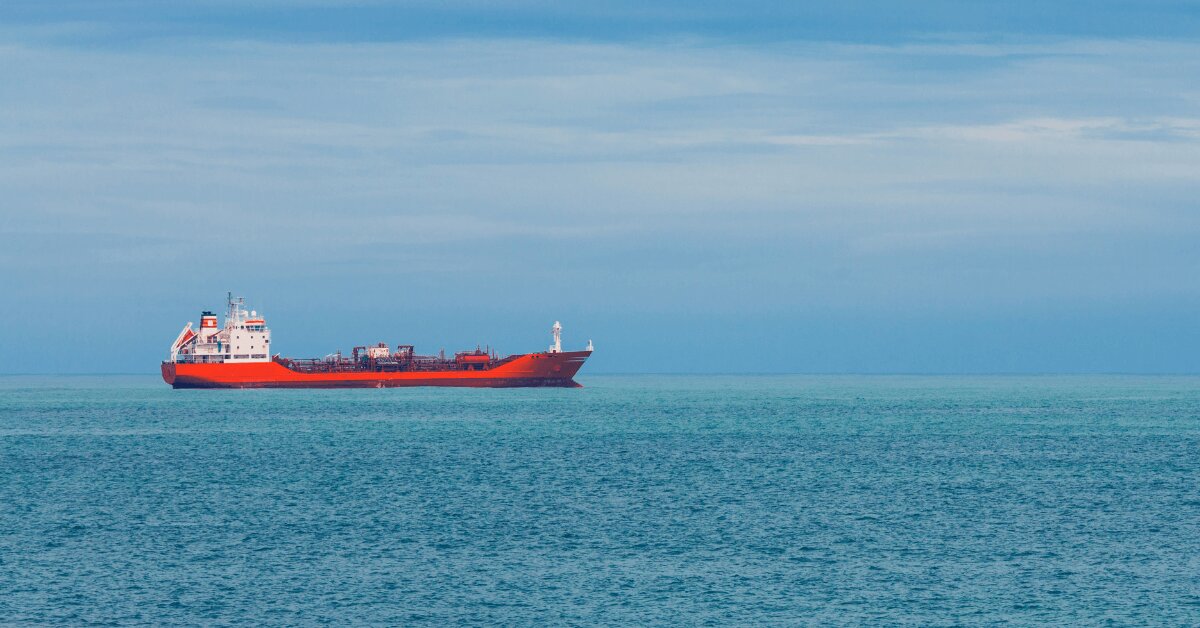Tanker companies are weighing ageing fleets, new regulations, and evolving trade patterns as they chart a cautious course through 2025 and beyond
The prevailing sentiment across tanker operators is one of careful planning, rather than exuberance. While 2024 was a profitable year for many, the focus now is on navigating a market landscape shaped by regulatory change, political instability, and limited fleet growth. “Underlying tanker supply and demand fundamentals continue to be supportive of tanker market strength over the medium term,” stated Teekay Tankers in its 2024 annual report, encapsulating a widely held view among listed operators.
For most companies, the tanker market of 2025 will be influenced less by the turbulence of the past year and more by long-term constraints and structural shifts. With global orderbooks remaining historically low, and limited availability at major yards until 2028, there is broad consensus that supply-side discipline will remain a defining factor. Scorpio Tankers noted that “the orderbook for MR tankers stands at just 7.2% of the existing fleet,” calling it “the lowest in recent history”. Teekay Tankers added that the global fleet “is ageing, and replacement levels are well below trend,” indicating further tightening of available tonnage in the years ahead.
Alongside the limited inflow of newbuilds, vessel ageing continues to affect fleet profiles. SFL Corporation highlighted that “as vessels age, they become less efficient and more costly to insure and maintain,” pointing out that charterers increasingly avoid older tonnage, particularly under new environmental standards. Older tonnage must be in class and require up-to-date Special Surveys which takes the vessel off-hire and not earning revenue.
To a certain extent, this is an element controlled by the /operator who can decide when and where to dry dock the tanker to conduct the Special Survey. Teekay Tankers had 13 vessels dry docked in 2024, compared to seven vessels in 2023 and nine vessels in 2022, producing a number of non-revenue days relating to dry dockings and BWTS installations of 478 off-hire days, 304 off-hire days and 561 off-hire days, respectively. Teekay Tankers plans another 11 vessels scheduled to dry dock in 2025.
The pressure is not just technical. Scorpio Tankers, which owns a relatively modern fleet, observed that “elevated fuel prices might lead to a decrease in the economic viability of older vessels,” especially those without scrubbers or with poorer fuel consumption profiles.
The introduction of regional and global decarbonisation measures has become a central part of fleet planning and risk management. Companies are no longer only addressing existing regulations but anticipating further restrictions. Okeanis Eco Tankers reported that its emissions monitoring system is used to inform “real-time commercial decisions and long-term strategy,” ensuring alignment with CII, EEXI, and EU ETS developments. The company also noted that uncertainty around fuel and propulsion regulations continues to deter speculative ordering, reinforcing the low newbuilding volume.






